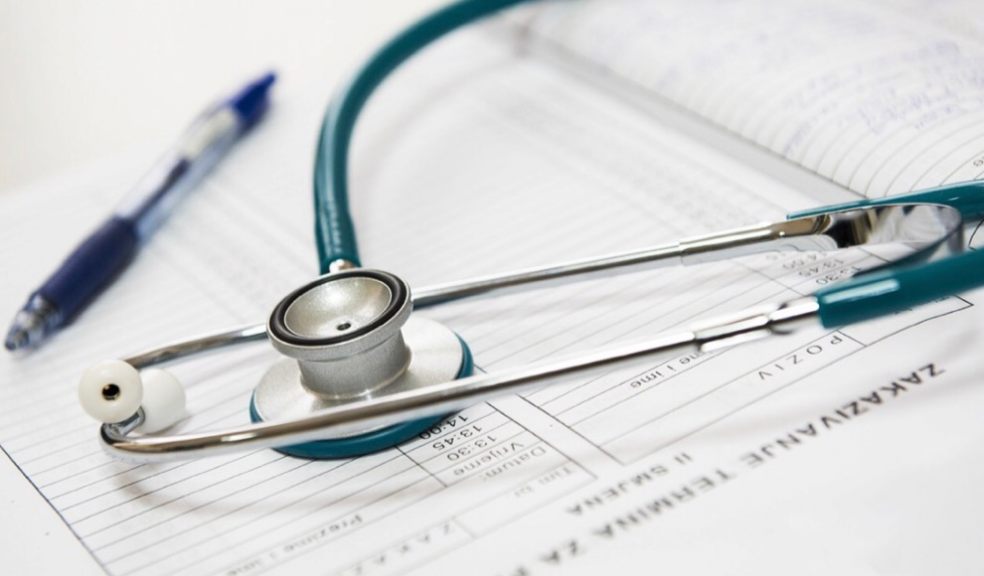
How Communication Has Evolved in the Medical Field
Good communication should be at the core of each medical care. This statement is true regardless of where you are. Whether you’re in Australia, United Kingdom or the United States, the success of medical care lies significantly on how well the communication systems and processes are taking place and are being taken care of in any healthcare and medical setting. This article takes you back down memory lane to know how was communication in the medical field starting from the 70s and how it has evolved in the present times.
Communication in the Medical Field, Through the Years
The 70’s
It is during this time when physicians only need to worry about improving their technical and clinical knowledge, the ability to provide resolution of medical problems and the proper ways to conduct physical examinations. Back then, communication courses did not exist among physicians and medical students. It was also during this time that doctors believe communication is an innate ability that couldn’t be learned.
The 80’s
This decade marked the birth of communication courses in medical schools both in the United Kingdom and the United States of America and such move was done as a response to the report made by the UK’s General Medical Council. The said report stated that medical students must learn how to communicate with their patients in a sensitive, effective and clear manner.
The 90’s
During these years the inclusion of communication competence assessment among medical students were integrated as approved by the Association of American Medical Colleges. However, the increased interest about this subject wasn’t fully realized due to the limited curricular time being earmarked for it in some medical schools.
Unfortunately, if communications in the medical field won’t be given much attention, doctors, nurses and all the people involved in patient care may not be able to provide the best service to their patients. Thus, medical practices could have been avoided if only communication was deemed as a significant part of patient care.
In fact, a report released in 2016 revealed that around 2,000 patient deaths could have been avoided if only doctors and nurses possessed enough knowledge on how to communicate better. An analysis conducted by the CRICO Strategies showed that communication failures account for 30 percent of all cases of malpractice which leads to 1,744 deaths.
The Tools and Software Used for Communication in the Medical Field Today
Numerous evidence from several studies conducted indicates that communication is crucial for developing positive relationship between healthcare providers and their patients. Studies also showed that the clinician’s ability to communicate can have such a profound impact on the patient's ability to follow through with all the instructions given to him regarding self-management of chronic medical condition. This fact is among the many reasons for the widespread adoption of communication tools that aim to reduce healthcare inefficiency. Some of the tools that we have today which aims to improve the communication aspects of the medical industry are the following:
Patient Communications Platform
The emergence of patient communications platform allows better automation of medical information. One software that has this platform is Get Weave which is equipped with a built-in Voice Over IP integrated in its own software. With this software, the ability of a receptionist to respond to patient calls can be done in a more efficient and easier way. This software also makes setting an appointment and be reminded of one so much easier to do. As soon as the call is being answered, patient information is automatically displayed on the receptionist's computer screen. The information provided may include patient’s missed appointments as well as incoming ones. The patient’s overdue bills will also be displayed on the computer screen. This capability that Get Weave provides to receptionists not only speeds up the delivery of patient care. It also means more revenue for doctors and their clinics. If you have an optometry, dental or any medical clinic, the inclusion of this kind of software will enormously help take your ability to provide such services into a higher level.
EHR (Electronic Health Records)
The use of EHR makes it easier for treating physicians to be automatically alerted regarding any issues their patients are experiencing that could affect the treatment process. With EHR, doctors can be alerted right away if their patients are experiencing allergic reactions or any intolerances to the medications they prescribed. The physician will be informed about this occurrence even when the patient becomes unresponsive.
Mobile Phones
2019 Statistics reveal that 95 percent of Americans own a mobile phone. This fact greatly encouraged the healthcare sector to also transform its systems and processes to be able to connect with doctors and patients efficiently. With the use of mobile phones healthcare professionals and patients will no longer find it too difficult to connect with each other. This makes telemonitoring systems, telemedicine, and email exchange easier to do even when patient-care has to be provided in rural and remote areas.
The Importance of Communication in the Medical Field
Communication between physicians and patients play a crucial role in developing a therapeutic relationship. This is the reason why in recent decades there have been an increasing attention to the quality of communication in the medical field. Patient-physician relationship must be based on a common understanding, as well as a dynamic relationship involving the families of patients. Physicians today must possess a highly specialized knowledge on tools and software that paves the way for better communication among patients and their fellow healthcare providers to take place.
Communication must be deemed as a fundamental clinical skill which is indispensable to achieving proper diagnosis. This way, the success of the entire treatment process will also significantly improve, especially for patients and care teams looking for a surgeon who can clearly explain diagnoses, procedures, and next steps.
Today, communication skills training has become an essential component of medical education and has already been internationally accepted. In reality, a doctor’s clinical and technical knowledge is not enough guarantee of his capability to provide effective care and treatment. He must also be equipped with the right communications skills, coupled with modern communication tools that lead to better communication with his patients, nurses, hospital staff and other healthcare providers. Remember that eventhe slightest gap of communication between doctors, patients and nurses can already trigger the occurrence of medical errors and malpractices that could put a patient’s life in great peril.




















